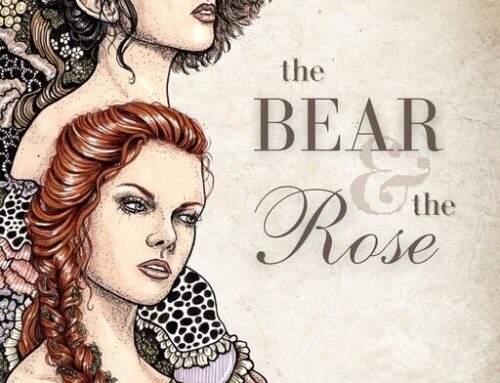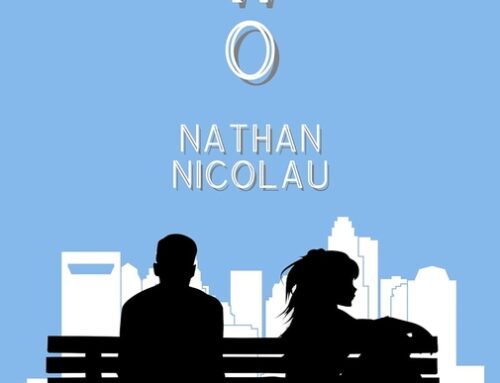
Tragedy and loss are inescapable, especially for women at the bottom of the social pecking order, which is movingly portrayed in Native Girl Rites by Indigo Cox.
Mari is no stranger to pain. She lost her mother, a nurse, to a botched procedure after the color of her skin and gender forced her into an inescapable position. Her grandmother passed down native traditions to give her strength as a woman. Her father offered safe abortions so no one else in their town would have to grieve such as senseless loss, as he had. But Mari’s grandmother passes on, and her father grows old, and soon she’s in medical school, learning how to care for others as her family taught her.
As Mari studies and grieves, another young woman, Amy, struggles to support her daughter, develop a new relationship, and find her place in a new church community. At first, all seems to be going well. The people around her are kind, and she wishes she had such people in her own childhood. Gradually, however, the church’s pro-life mission begins resorting to violence.
Around these two young women on opposite sides of the spectrum circle other women with stories. Native Girl Rites takes time to explore many of them. Every character has flaws, and no one side is presented as pure. The heartache and confusion of the book’s central theme plays out in the characters’ actions, prejudices, and thoughts. Compromises are made, trust is broken, and an even greater loss strikes before the drama concludes. It’s a heartbreaking and thought-provoking read.
There are some topics people are deeply uncomfortable discussing, and abortion tops that list. Indigo Cox pulls together an important fictional account inspired by real-life experiences, history, and stories shared by patients and coworkers. Although there are plenty of nonfiction pieces about abortion, readers can empathize in a very unique way with fictional characters, and will do so here due to the strength of the characterization. This book does a marvelous job of introducing compelling characters, rather than cardboard cut-outs used only as a soap box.
Cox’s writing moves gracefully, enveloping readers so they can immerse themselves in the plot. A unique and effective element is the book’s double epilogue, with each epilogue providing a different ending. In the final note, the author says this is intentional, and readers are free to choose whichever one they prefer. Both epilogues deal sensitively with race, religion, and family, three central themes throughout the story.
By far the best aspect of this novel is its realistic setting and discussion of the groups who most need these services. It does not ignore racial and wealth differences, and it doesn’t shy away from the uglier sides of each perspective; readers can empathize with the characters no matter their backgrounds. This is an impressive literary balance for Cox to make, given how volatile and sensitive this subject can be.
As a result, Native Girl Rites would be a great part of a teaching, counseling, or other reading curriculum. The book was written to contribute to discussion about the topic, and it does this job very well.
Links
Author Site
Amazon
STAR RATING
Design
Content
Editing
Get an Editorial Review | Get Amazon Sales & Reviews | Get Edited | Publish Your Book | Enter the SPR Book Awards | Other Marketing Services






















Leave A Comment